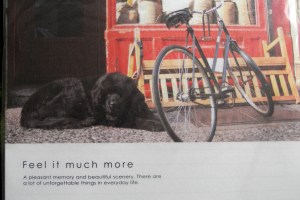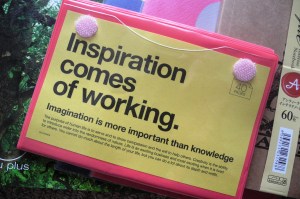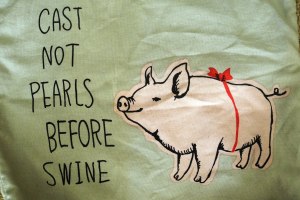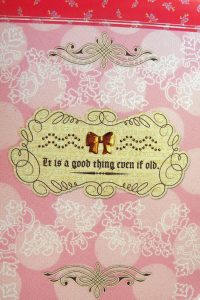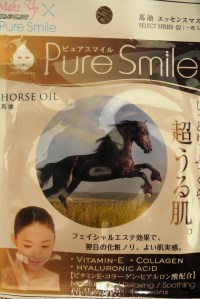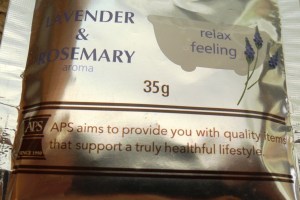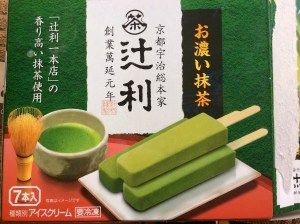Seeing as school in BC is finally back in session after a lengthy labour dispute, I thought I’d do a ‘back-to-school’ themed post. When I taught in Japan many moons ago, my students ranged in age from 4-84, with about one-third being high school students. The others were housewives, businessmen, the odd senior and a handful of kids under twelve. My classes were privates, shared classes and small groups (never more than four). Most of the high school kids brought in homework and they often studied before class or brought their English homework to class so I could help them. I noticed that they all had clear plastic sheets in red or green or both. They were happy to introduce me their favourite Japanese method of studying—particularly useful in Japan as there is considerable memorization required for an abundance of standardized tests. There are tests to get into elementary school, high school and university. Once you GET to university, apparently it’s not that difficult, it’s the getting in that is the challenge. This system might come in handy for those studying for the SATs? Or memorizing vocabulary?
Anyway, this is their system. It comes in a tidy package (of course) with the deluxe package having both a red and green sheet of plastic (in various sizes) AND a red and green highlighter pen. The highlighters have neutralizing ink on the end so your notes don’t necessarily have to stay marked up with red and green. When studying, if you use the green highlighter and the red plastic, it blocks the word so you can test yourself. The red highlighter and the green plastic work the same way. It’s quite ingenious, particularly if you are studying languages, definitions or trying to memorize lists of facts and formulas. I bought some for Karis and her friends…we’ll see if they find them useful. You could probably get them at Daiso in Richmond if you want to try them out. I was there a couple of weeks ago and noticed that it’s no longer limited to $2 items–they still have the majority of items at $2 but they’ve definitely branched out in their pricing. If you’ve never been, I HIGHLY recommend it! It’s hugely entertaining as well as offering some unique and affordable household and gift items. http://www.daisocanada.com/






